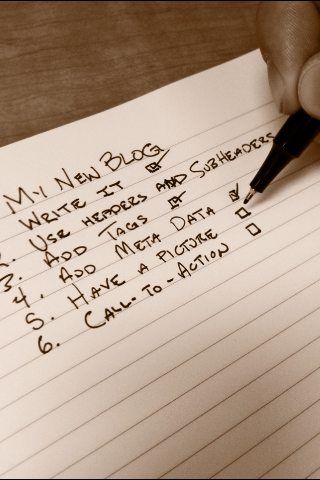Last Updated on July 20, 2020 by DJ
I’ve written blogging guides just like this one, and I have to admit, the folks at Divvy did a nice job with this infographic. I really enjoy how they’ve designed the infographic as an actual checklist, something you might print out and use–nice call to action. Divvy HQ, by the way, is a spreadsheet-free editorial calendar application, and it sounds like a pretty cool tool if you’re really crushing content.
Some steps I would emphasize:
1, You can never put too much emphasis on quality SEO work.
4, We’ve talked about how different networks beg for different types of content, and how, for example, a headline that might work well on Twitter or LinkedIn might not work so well on Facebook. One strategy I’ve noticed that works well for Facebook is leading with a picture, not a link. This technique works especially well when you have a custom image, one that you’ve edited, taken, or had taken just for your blog. What you do is add the new picture to your timeline, and then comment on the photo with a link to the blog. People love pictures.
7, The key to commenting on blogs is to comment where it counts, which means that you’ve got to be selective. Comment on blogs that are relevant or related to your own, have steady traffic, and have a sense of community (e.g. other commenters), this is how you will direct more traffic to your own blog. It also helps to comment on blogs that use the same platform as your own blog, just because the trackbacks and commenter profiles tend to work better.
11, If you have a newsletter, obviously you should push blog content through it. If your newsletter is well-read, consider writing some content exclusively for the newsletter; it’ll make your subscribers feel special. If you don’t have a dedicated newsletter, then set up an RSS feed so that people can subscribe and get email updates when you write a new post.

